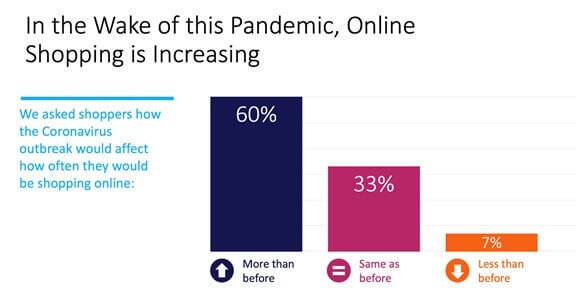Sneak Peek At Our Robotics Report
Next week, we’ll be releasing our first-ever benchmark report on the value of robotic automation in retail. It’s a topic many are talking about, and as usual, hype abounds.
Back in early 2017, a rash of articles came out telling us that 7.5 million retail jobs were going to be lost to automation. Never one to just accept clickbait at face value, RSR Partner Paula Rosenblum tracked the data back to the source, and wrote a piece debunking the notion on Forbes.com. The long and the short of it was the assumption that ALL retail cashiers and salespeople would be replaced by computers. Robots. Of course, this notion was (and is) ridiculous and is a sure way to finish off any differentiation the store might have vs. online.
That doesn’t mean robots don’t have their place in retail. They do. And automation has fundamentally allowed the largest industry players to scale up to sizes previously unimaginable.
Having said that, the notion of robots eliminating jobs has really stuck in retailers’ heads, most especially those in the IT group. So we wanted to find out what that role really is.
Take a sneak peek at some of this yet-to-be-released data: right off the bat, Line of Business executives tell us they are holding to the notion that robotics will free up humans for “more important tasks,” while IT executives generally take a far more jaundiced (and likely honest) view.
Figure 1: Helping Workers Or Eliminating Them?

Source: RSR Research, February 2020
While there is some general concurrence that humans will be freed up, and IT strongly believes robotics will help serve customers, IT is jaundiced for the short term and overly draconian for the longer term. Almost half strongly believe that they’re seeing science fiction, rather than actual business value, and yet, the believe magically at some future date, these robots will replace as many humans as possible.
As you’ll see when the report comes out (we’ll be sure to send an email to all Paradox Weekly readers to let them know when it publishes) this ultimately became thematic to our analysis. Each group has its own naivete, and each side has some real pragmatic vision. IT executives want to see real use cases, most of which should eliminate human activity, and Line of Business executives obsess on profitably serving the customer. This begs the question: with both sides having somewhat unrealistic expectations, who is going to drive the justification and implementation of robotic automation in retail?
We’re eager to get the full report into circulation next week.
